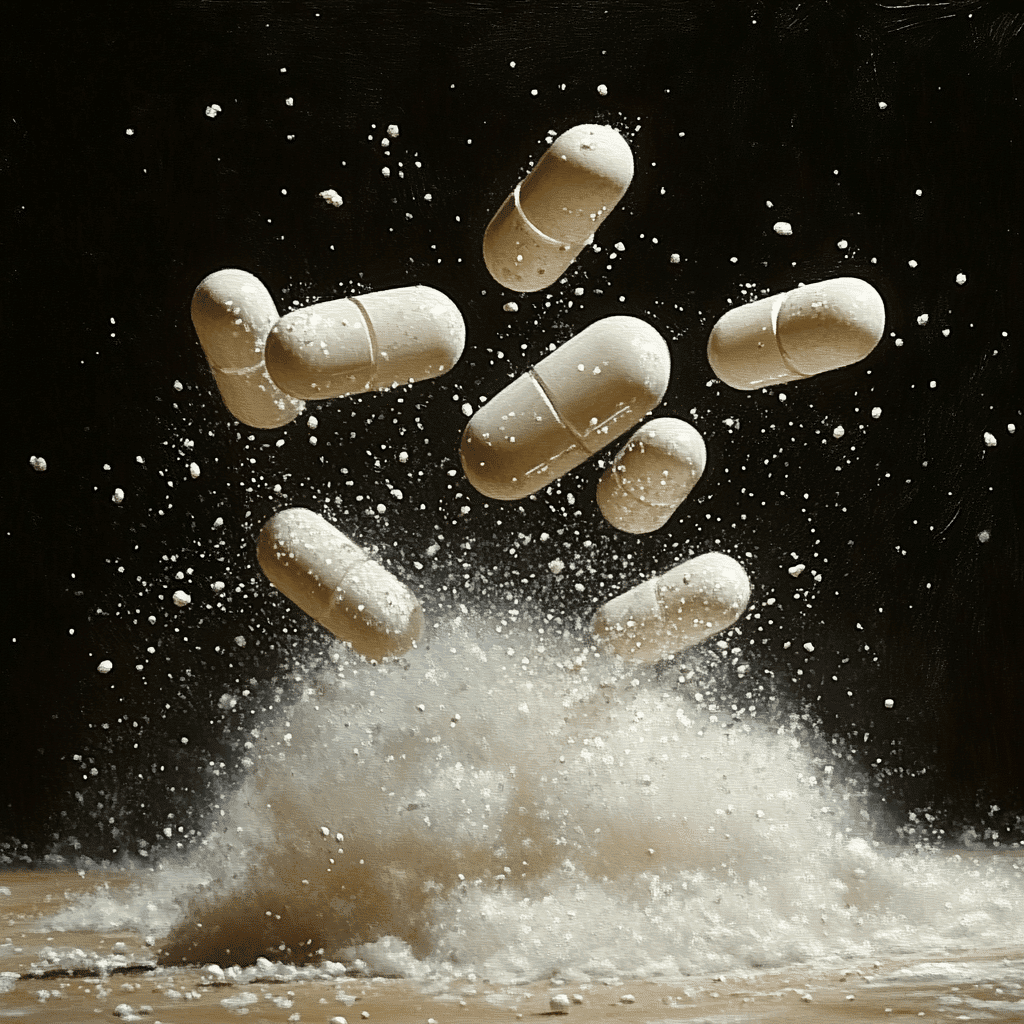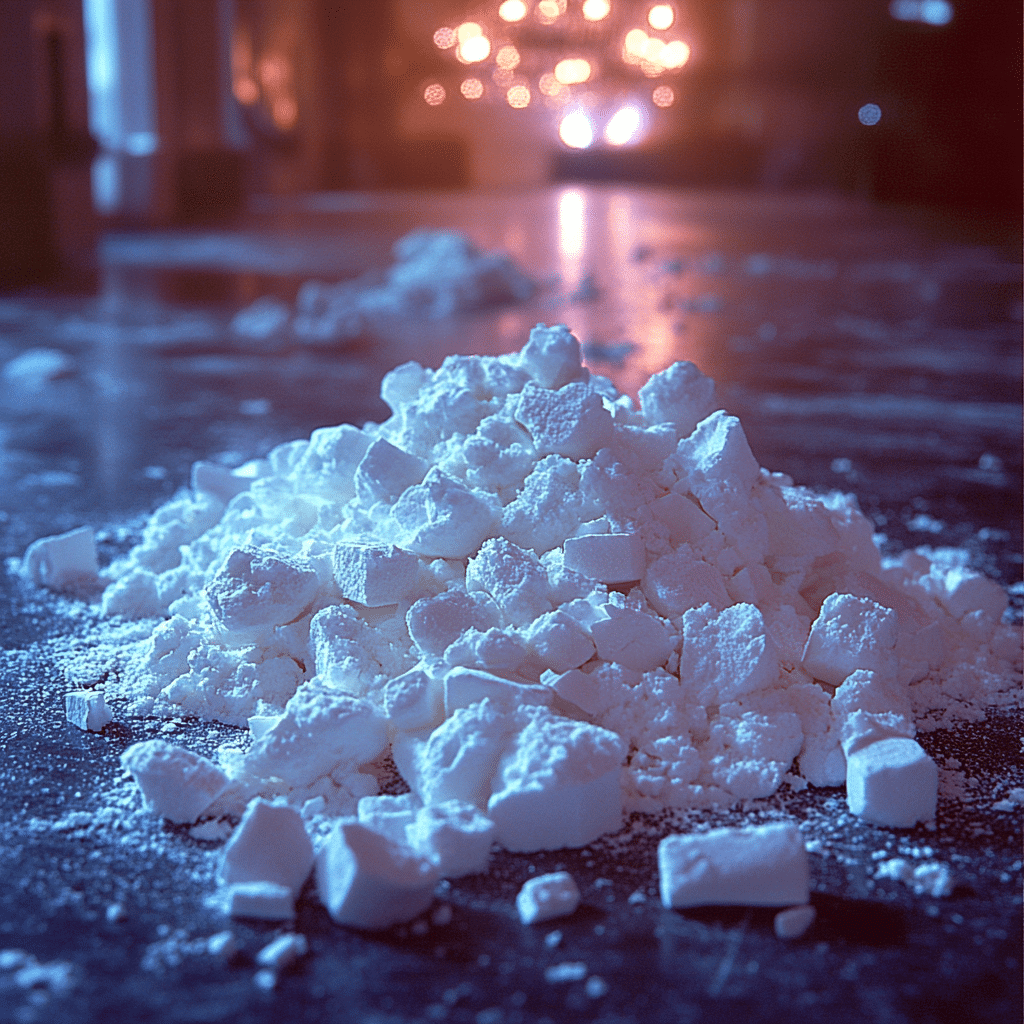Is Cocaine a Stimulant or Depressant: Understanding Its Effects?
Understanding whether cocaine functions as a stimulant or a depressant is crucial for both parents and individuals grappling with addiction. With the rise of both traditional and synthetic cocaine usage in our society, detailed knowledge about its effects, potential risks, and long-term consequences becomes essential. At Mothers Against Addiction, we’re here to provide accurate, compassionate, and informed answers to these urgent questions.

Is Cocaine a Depressant?
To answer the question “is cocaine a depressant,” it’s pivotal to explore its characteristics:
- Chemical Composition: Cocaine, derived from the coca plant, primarily affects the central nervous system. Unlike depressants, which slow down brain activity, cocaine accelerates neural processes.
- Immediate Effects: Unlike drugs such as alcohol or benzodiazepines which induce relaxation and sedation, cocaine increases alertness, energy levels, and stimulates euphoria. Users might feel a rush of energy that makes them feel invincible, very different from the calming effects of depressants.
- Medical Studies: According to a 2022 study by the National Institute on Drug Abuse (NIDA), cocaine significantly increases dopamine levels in the brain, contrasting the reductions seen with depressants. This surge in dopamine leads to a heightened sense of pleasure, reinforcing its stimulant properties.

Is Cocaine a Stimulant?
Now, addressing “is cocaine a stimulant” requires examining its stimulant properties:
- Psychostimulant Effects: Cocaine’s primary action is as a potent psychostimulant. It engenders heightened alertness, feelings of supremacy, and increased physical energy.
- Comparative Analysis: Unlike methamphetamine, another stimulant that stays active in the system for extended periods, cocaine’s effects are relatively short-lived but intense. This brevity often leads to frequent, repeated use to sustain the high.
- Clinical Evidence: In a comprehensive 2023 report by the American Psychological Association (APA), research demonstrated cocaine’s capacity to significantly elevate heart rate, blood pressure, and bodily arousal – characteristics emblematic of stimulants.
| Aspect | Cocaine |
| Type of Drug | Stimulant |
| Mechanism of Action | Increases levels of dopamine and other chemicals in the brain, leading to heightened alertness and energy. |
| Immediate Effects | – Increased energy – Heightened alertness – Elevated mood – Dilated pupils – Increased heart rate and blood pressure |
| Short-Term Risks | – Anxiety – Paranoia – Restlessness – Irritability – Increased risk of heart attack and stroke |
| Long-Term Risks | – Dependence and addiction – Weight loss – Cardiac issues – Nasal damage (if snorted) – Psychological issues (e.g., paranoia, hallucinations) |
| Legal Status | Illegal for recreational use in most countries (classified as a Schedule II drug in the United States) |
| Methods of Use | – Snorting – Smoking (freebase or crack cocaine) – Injecting |
| Withdrawal Symptoms | – Fatigue – Depression – Increased appetite – Vivid and unpleasant dreams – Slowed thinking |
| Comparison with Depressant |
Is Cocaine a Stimulant or Depressant?
When discussing “is cocaine a stimulant or depressant,” understanding both sides clarifies its exact classification:
- Dual Analysis: Cocaine is universally classified as a stimulant. It has no depressant qualities and does not produce effects synonymous with substances that induce sedation.
- Case Example – Michael’s Story: Michael was an athlete who began using cocaine to enhance performance. Initially, the drug’s stimulant properties improved his focus and energy. However, this quickly spiraled into addiction, leading to severe mental and physical health issues.
- Behavioral Impact: Observations from addiction recovery centers, like the Hazelden Betty Ford Foundation, underscore the stimulant behaviors seen in users, including restlessness, paranoia, and erratic movements.
Synthetic Cocaine: A Dangerous Variation
Exploring “synthetic cocaine” involves highlighting this perilous alternative:
- Chemical Differences: Synthetic cocaine, often dubbed as substances like “bath salts” or “Flakka,” are man-made and can be even more unpredictable and toxic than organic cocaine.
- Real-World Impact: In 2023, the CDC reported a surge in synthetic cocaine usage among youth, exacerbating the dangers by combining unknown chemical agents. These substances often lead to extreme agitation and dangerous behaviors.
- Brand Analysis – “Ivory Wave”: Sold under brand names like “Ivory Wave,” synthetic cocaine has resulted in catastrophic health crises, leading to heightened aggression, psychosis, and even fatal overdoses. Users often present with severe side effects that are harder to treat compared to traditional cocaine.
Cocaine Use and Long-Term Effects
Cocaine’s status as a stimulant complicates its impact over time:
- Chronic Health Issues: Long-term stimulant use, particularly cocaine, devastates cardiovascular health, significantly increasing heart attack or stroke risks. Chronic users might suffer from heart arrhythmias and other serious conditions.
- Mental Health Consequences: Persistent use often culminates in severe psychological effects, including long-term depression, anxiety disorders, and chronic paranoia. It’s not uncommon for users to develop significant mental health issues that require comprehensive treatment.
- Data Insights: Data from the 2023 SAMHSA report indicated that individuals with prolonged cocaine addictions were five times more likely to develop schizophrenia-related symptoms.
Innovative Wrap-Up: Beyond Surface-Level Understanding
Determining whether cocaine is a stimulant or depressant transcends mere labels. As clearly evidenced, cocaine is a formidable stimulant, not just in its organic form but exacerbated in synthetic variations. Its detrimental long-term effects underline the importance of comprehensive education, preventive measures, and treatment options. Parents and communities must stay informed, recognizing the distinct characteristics and dangers associated with cocaine.
As we progress into 2024, proactive steps relative to awareness and intervention could foster a significant reduction in the devastating impact of this stimulant on our children and society.
This perspective reveals that an informed and vigilant approach is essential for tackling cocaine addiction, advocating not just for awareness but for an empathetic, evidence-driven path towards recovery. At Mothers Against Addiction, we stand with you, ready to navigate these challenging waters together.
For more detailed insights into how cocaine impacts the brain, check out Our comprehensive guide. Additionally, explore real-world resources like the Samhsa report Of 2023, which sheds light on the extensive repercussions of cocaine use.
Find more stories similar to Michael’s and dive deeper to understand the true cost of addiction, not just on the individual but on families and communities. Join us in creating a safe, informed society free from the chains of addiction.
Is Cocaine a Stimulant or Depressant: Fun Trivia and Interesting Facts
Now, you might be asking yourself, “Is cocaine a stimulant or depressant?” (Spoiler: it’s a stimulant). But, there’s a lot more to learn about this powerful substance. Let’s dive into some fun trivia and interesting facts that will blow your mind.
Cocaine’s Smell and Use
Did you know that cocaine has a distinct smell? People often describe it as having a scent similar to baking soda or paint solvent. If you’ve ever wondered What Does cocaine smell like, you’re not alone. This unique characteristic can make it easy to identify for those familiar with the substance.
Surprising Connections
Here’s a wild one for you. Ever heard of an anime Op mc becoming relevant to substance misuse discussions? Anime often portrays overpowered main characters overcoming immense struggles, which sometimes parallel the real-life challenges faced by those battling addiction. While fictional, these stories resonate with many, providing both insight and inspiration.
Overdosing and Related Risks
Alright, let’s get serious for a sec. It’s crucial to be aware that you can overdose on coke. The risks are real and can lead to devastating outcomes, including severe health implications or even death. Awareness of these dangers is vital, especially for parents worried about their kids.
Unlikely Comparisons
And here’s a fascinating tidbit: Folks have drawn comparisons between the structure of sports teams and the strategies used in tackling addiction. Just like a navy football roster, where every player has a role, various treatments and support systems work together to help someone overcome addiction.
Financial and Legal Aspects
Shifting gears a bit, let’s talk finances. The costs of addiction recovery can be comparable to managing home interest rates right now. While seemingly detached, both scenarios demand careful planning and understanding the financial commitments involved. Interestingly, some people use an inter Vivos trust to manage their estates and plan for uncertainties, including potential health crises.
Cultural References
Finally, even TV shows can teach us a thing or two. Fans eagerly awaiting classroom Of The elite season 3 release date might draw some unique insights. This particular series, with its focus on psychological struggles and high-pressure environments, subtly mirrors the intense battle individuals face in overcoming substance use.
Engaging with these intriguing facts helps demystify the complexities surrounding drug use. By addressing whether cocaine is a stimulant or depressant, we uncover layers of social, economic, and even cultural dynamics that impact understanding and tackling addiction.





























